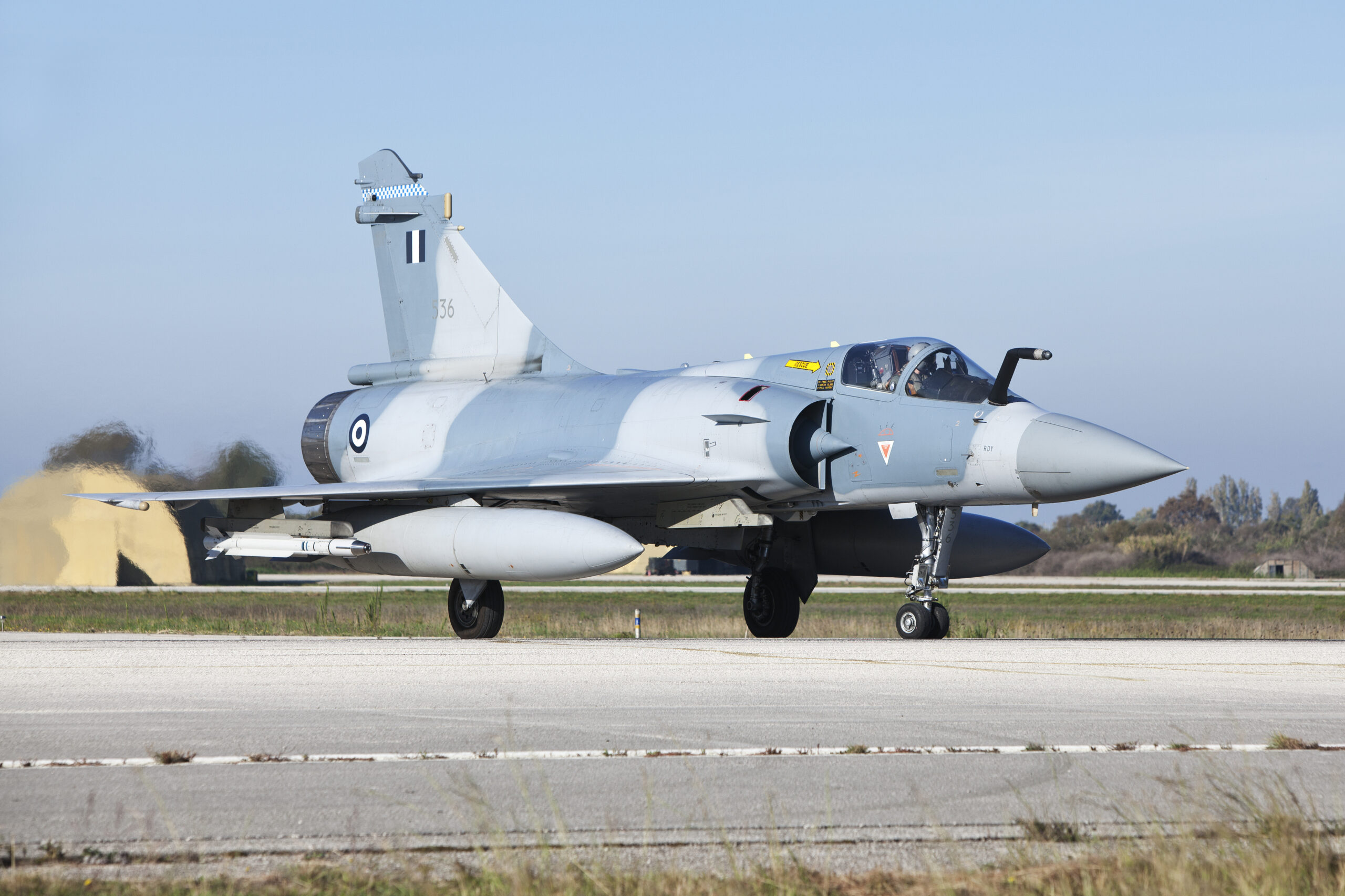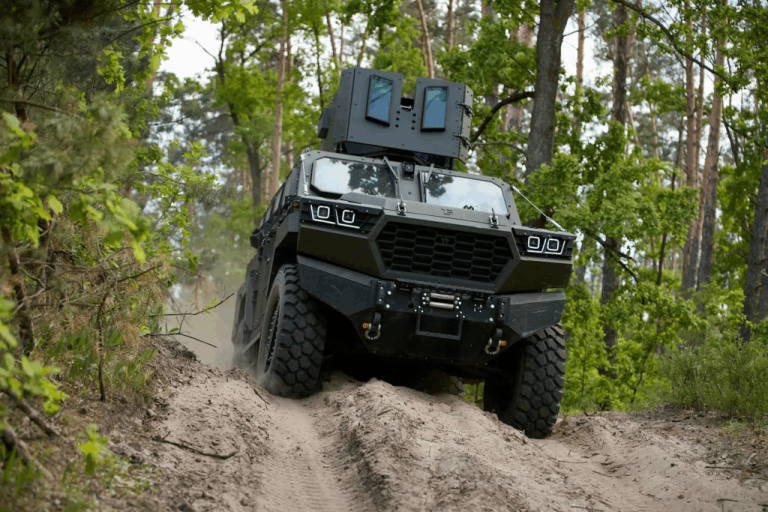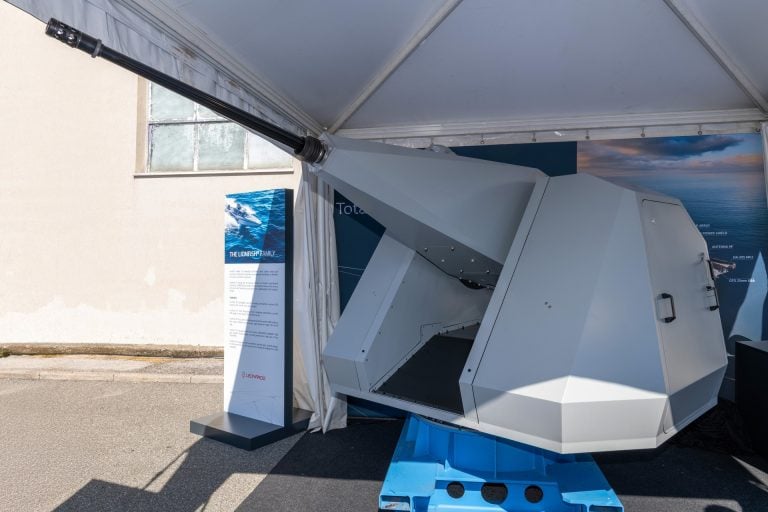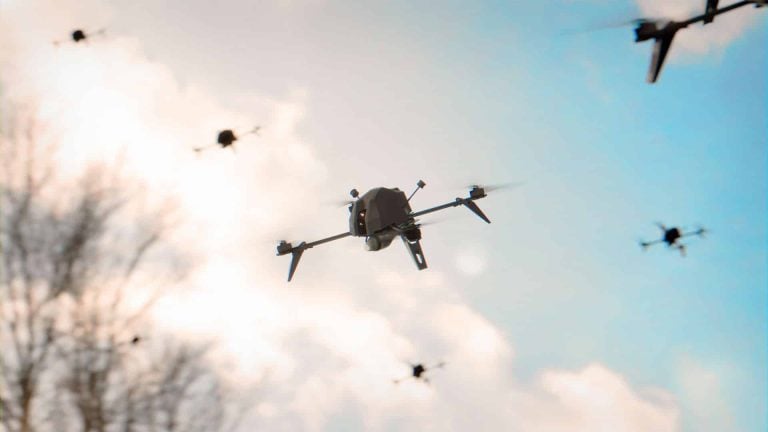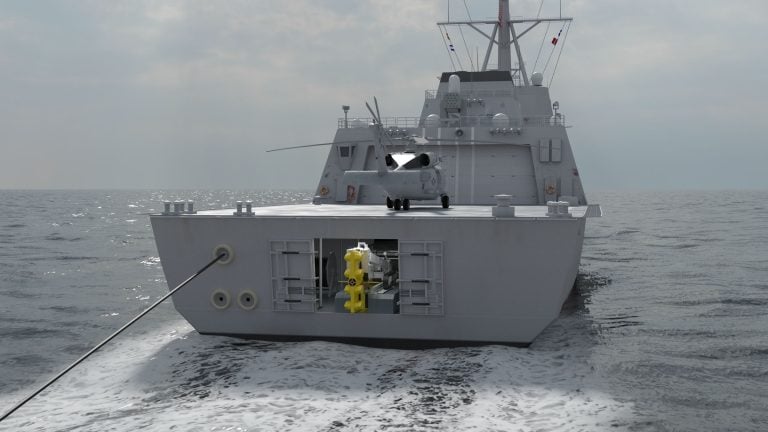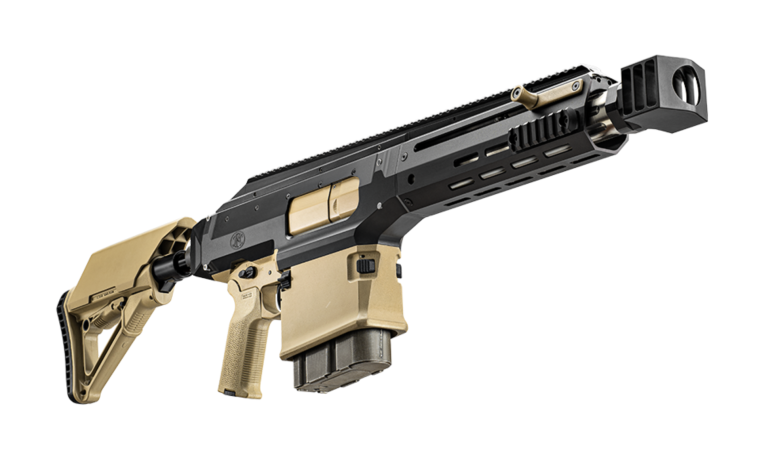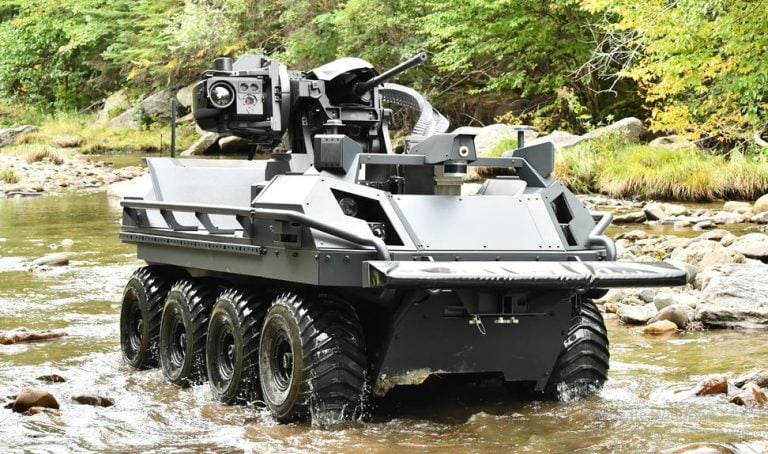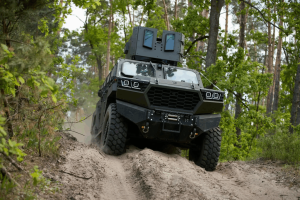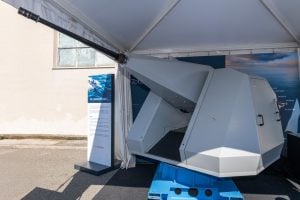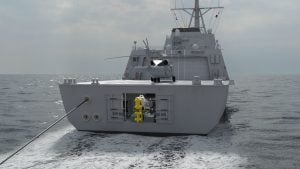NATO allies are intensifying their efforts to persuade Greece to transfer a portion of its Mirage 2000-5 fighter jets to Ukraine as part of the ongoing response to the Russian invasion. This movement is part of a larger strategy within NATO aimed at bolstering Kyiv’s air defenses by drawing from the stockpiles of member nations.
Reports from the Piraeus-based news agency Kathimerini indicate that this initiative is also a pivotal test of the Hellenic government’s readiness to provide advanced military equipment to Ukraine, which has historically navigated its relationship with Moscow with caution. Traditionally, Greece has opted to send older military hardware, such as M-110 self-propelled howitzers that date back to the 1960s, rather than more advanced systems.
Should the deal be greenlighted, Greece would presumably sell the Mirage fighters through intermediary powers like France or Germany, facilitating their transfer to Ukraine. Estonia has also indicated its support in helping manage this transition.
The process would operate under NATO’s Prioritized Ukraine Requirements List (PURL), a framework that allows member countries to replace military equipment given to Ukraine with newer systems from the United States. Key contributors to this initiative include Washington and Paris, in conjunction with Eastern European allies such as Poland, the Czech Republic, and Estonia.
Greece currently boasts a fleet of 25 Mirage 2000-5s, acquired from France in the early 2000s, with maintenance agreements set to expire in 2027. As France shifts its focus toward more advanced domestic aircraft models—specifically the next-generation Rafale—Greece has already taken steps to modernize its fleet, purchasing 24 Rafale jets and negotiating for an additional 12, potentially at a discounted rate contingent on the sale of part of its Mirage fleet.
A definitive decision regarding the Mirage aircraft transfer may emerge ahead of the NATO summit scheduled for November in The Hague, where alliance members are expected to evaluate future military assistance to Ukraine.
The Mirage 2000 itself, designed by Dassault Aviation in the early 1980s, is a fourth-generation multirole fighter intended to succeed the aging Mirage III jets in the French Air Force’s arsenal. It has undergone several upgrades, forming various operational variants, including those for frontline combat and nuclear strike capabilities.
Equipped with an SNCEMA turbofan engine, the Mirage 2000 boasts impressive performance metrics, achieving speeds up to Mach 2 (approximately 2,470 kilometers or 1,535 miles per hour) and operating at altitudes near 17,060 meters (55,971 feet). Its dimensions include a length of about 14 meters (47 feet) and a wingspan of 9 meters (30 feet). The aircraft is versatile, capable of carrying multiple types of munitions, including revolver cannons, unguided rockets, air-to-air and air-to-surface missiles, as well as laser-guided bombs.
In addition to Greece and France, other operators of the Mirage 2000 include nations like India, the UAE, Qatar, and China, underscoring its global presence and operational significance.
